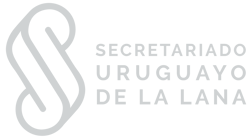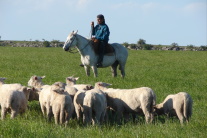With a flock of less than 5 million, main sheep products are mainly for export to different countries in the world. Wool -with various levels of processing-, sheep meat, sheepskins, lanolin and breeding stock have signed the high profile of Uruguayan exports.
Various types of sheep breeds are bred in farms, and there have been marked changes in the proportion of breeds with the years. An initial period of grading up to Merino–type breeds imported from Europe, USA and Australia, was followed by a strong predominance of Lincoln and Romney crosses at the beginning of this century when there was an important demand for mutton meat in Europe. In 1930, after a period of alternated cross–breeding systems using Lincoln and Merino rams it started a process of grading–up to imported Merino related breeds from Australia and New Zealand, mainly Corriedale and Polwarth.
The present distribution of sheep shows a predominance of breeds defined as “dual-purpose” in the sense that generate income from the sale of wool and sheep meat (fat lambs, surplus offspring and cast for age animals).
The diameter distribution of the wool produced in Uruguay is a direct consequence of the most popular breeds raised. Part of the wool produced can be defined as mid-micron wool, between 24 and 30 microns, while the rest corresponds to fine wools (below 24.5 microns and even less than 20 microns in the case or Merino). With that micron profile it is possible to manufacture a wide range of end-products, mainly for apparel uses but also for interior textiles.
Besides an excellent climate and pasture conditions, Uruguay has environmental conditions totally favourable to high quality sheep production. Some remarkable characteristics of the “high-quality” wool produced in Uruguay are the high values of scouring yield (between 75-81%) and low vegetable matter, the low incidence of dust penetration and tip weathering and good staple length.
Annual wool production if of about 20.8 mkg (greasy basis). It's mainly oriented to export markets. Early stage processing is well established in Uruguay and this is the consequence of very strong investments in the combing sector during the last years. Wool is mainly exported in the form of tops, but also scoured and greasy. Other textile products with larger added value are also exported, such as yarns, fabrics, garments, bedcovers, and rugs. More than 46 destinations buy wool of Uruguay.
In terms of value, China was the main client, buying 46% of total wool exports in 2024. Followed by Italy (13%) and Germany (9%). Other major importers include Turkey, Bulgary and India.
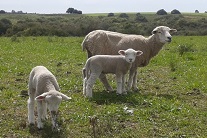
Animal welfare
A consumer 'megatrend' is the emergence of the 'lifestyle of health and sustainability' as a major driver of consumer disposition...
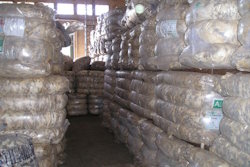
Shearing & clip preparation
The Uruguayan Wool Secretariat (SUL) has been involved in long term programs to improve shearing methods and clip preparation...
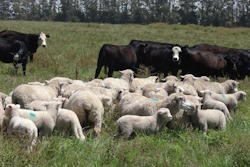
Production systems
Sheep production in Uruguay must be considered in the context of mixed livestock production systems...
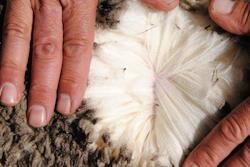
Sheep breeds & wool production
With a flock of less than 5 million, main sheep products are mainly for export to different countries in the world...
